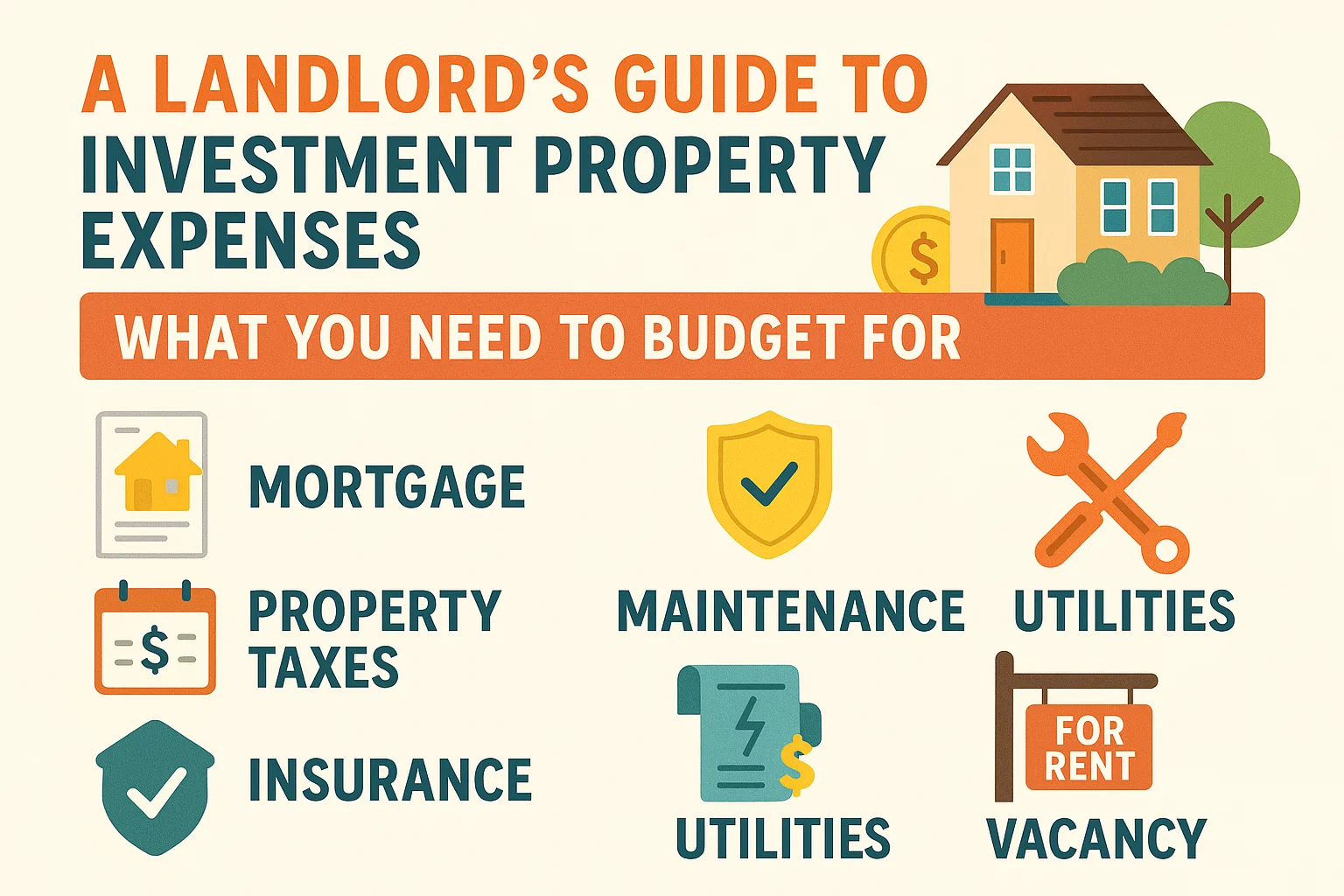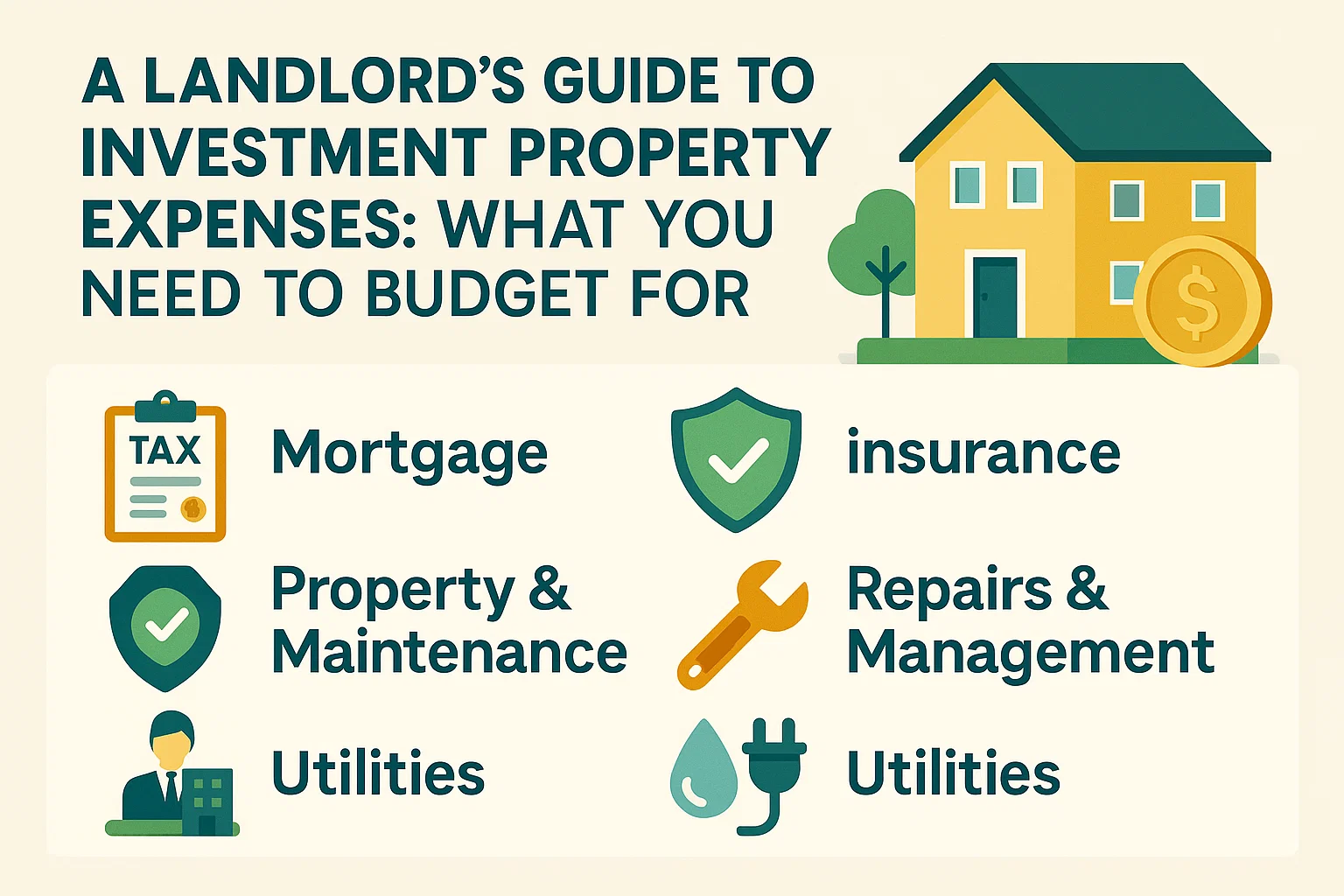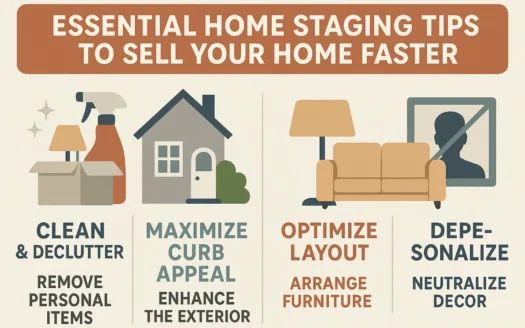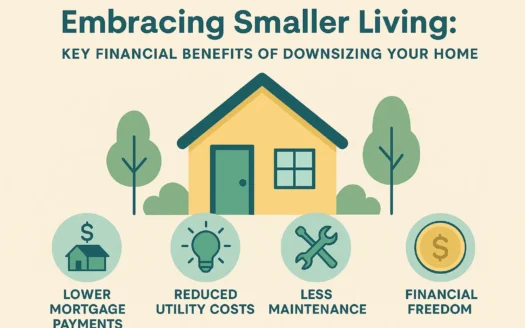A Landlord’s Guide to Investment Property Expenses: What You Need to Budget For

A Landlord’s Guide to Investment Property Expenses: What You Need to Budget For
Owning multiple investment properties that generate sizable passive income may sound like the ultimate dream. While achievable, it’s far from simple. Beyond rental income lies a critical component of the equation: expenses. From upfront costs to unexpected emergencies, understanding these outlays is essential for pricing your rental competitively and maximizing profitability.
According to 2025 estimates from the National Association of Realtors (NAR), U.S. rent prices are projected to rise by 5% this year. This follows a surge in 2025, where average rents climbed to $2,495 per month. However, landlords won’t pocket the full amount. Fixed expenses like mortgages, property taxes, and HOA fees, alongside unpredictable repairs, eat into revenue. Budgeting for these costs is non-negotiable for profitability—and meticulous record-keeping can unlock valuable tax deductions.
Below is a breakdown of key expenses to factor into your rental property budget:
Skip Ahead
- Mortgage Payments
- Landlord Insurance
- Property Taxes
- HOA Fees
- Vacancy Costs
- Maintenance and Repairs
- Property Upgrades
- Property Management and Tenant Screening
- Closing Costs
- Utilities
Mortgage Payments
Unless you paid cash for your property, mortgage payments will likely be your largest fixed expense. With the median single-family home price reaching $385,800 in 2025 and average monthly mortgage payments at $1,912 (as of September 2025 per NAR), covering this cost requires strategic planning. The 1% rule is a helpful guideline: set rent at 1% of the property’s purchase price (including renovation costs). For example, a $150,000 property should rent for at least $1,500 monthly, with mortgage payments below that threshold.
Landlord Insurance
Standard homeowner’s insurance won’t suffice for rentals. Landlord insurance is essential, covering property damage from fires, storms, or vandalism, loss of rental income due to uninhabitable conditions, and liability for tenant injuries. Policies may also cover landlord-provided appliances or furniture. Tenants should secure renters’ insurance for personal belongings. Premiums are typically annual, so budget accordingly.
Property Taxes
Property taxes, based on local government assessments, fund community services like schools and infrastructure. These are prepaid at closing and due annually. Failure to pay can result in liens. Since amounts vary by location, research local rates and include them in your rental pricing strategy—they can total thousands annually.
HOA Fees
Condos, townhomes, or gated communities often require HOA fees. These cover shared amenities (pools, gyms, security) and services (landscaping, trash removal). While an added expense, amenities can justify higher rents. Tenants may pay a premium for convenience and luxury.
Vacancy Costs
Even in a tight rental market (vacancy rates hit 5.8% in early 2025, per U.S. Census data), prepare for vacancies during tenant turnover or renovations. Budget for 1-2 months of lost rent annually. During vacancies, you’ll still cover mortgage, taxes, and upkeep.
Maintenance and Repairs
Allocate ~10% of annual rent income for maintenance. This covers minor fixes (leaky faucets, HVAC filters) and tools (lawnmowers, snow blowers). Newer properties may require less initially, but older homes demand larger reserves.
Property Upgrades
Upgrades (smart appliances, modern kitchens) attract tenants and boost rent prices. Save ~10% of monthly rent for unexpected replacements (water heaters, roofs). Factor renovation costs into initial rent pricing if upgrades are completed pre-rental.
Property Management and Tenant Screening
Property management companies handle marketing, tenant screening, rent collection, and lease renewals—costing 5-10% of monthly rent. DIY management saves money but requires time. Track expenses like travel for showings or home office use for tax deductions.
Closing Costs
Closing costs (2-5% of the purchase price) include appraisals, inspections, legal fees, and taxes. Factor these into your budget and rental pricing to avoid absorbing the full cost upfront.
Utilities
Tenants typically pay utilities, but multi-unit properties may require landlords to cover shared services (water, trash). These costs are tax-deductible. Clarify utility responsibilities in leases to avoid disputes.




